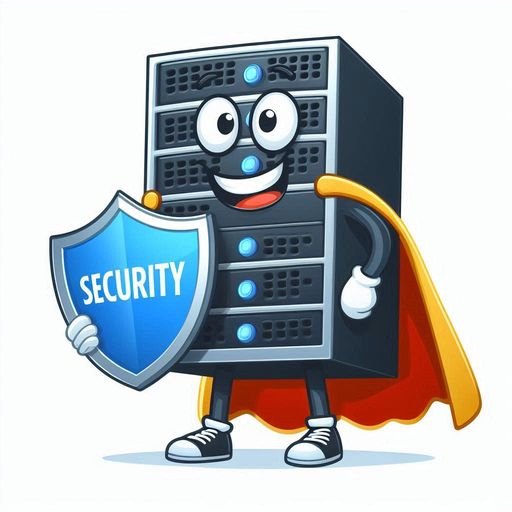DevSecOps has cemented its role as a foundational pillar of modern software engineering. In 2025, as the cyber threat landscape grows more sophisticated, organizations are doubling down on integrated, intelligent, and proactive security strategies across the software development lifecycle (SDLC). This article explores the latest trends, persistent challenges, and innovations defining DevSecOps today.
A Strategic Imperative
Originally born from the fusion of development, operations, and security, DevSecOps has matured into a strategic discipline that enables agility without compromising compliance or security. With the acceleration of AI adoption, edge computing, and stricter regulatory environments, embedding security early and everywhere has never been more essential.
What’s New in DevSecOps for 2025
AI-Augmented Threat Detection
Artificial Intelligence continues to play a game-changing role in vulnerability detection, behavioral analysis, and real-time threat response. In 2025, large language models and graph-based machine learning are powering context-aware security assessments, automating everything from misconfiguration detection to anomaly triage across cloud and hybrid environments.
Hyperautomation in Security Workflows
Hyperautomation, fueled by AI and low-code/no-code platforms, has supercharged DevSecOps pipelines. Complex manual processes like compliance validation, secrets scanning, and container hardening are now fully automated—freeing teams to focus on proactive threat modeling and architecture reviews.
Quantum-Resilient Security Begins to Take Shape
With quantum computing on the horizon, some forward-leaning organizations have started to test quantum-resistant cryptography within their CI/CD pipelines. While still early, these experiments mark a significant step toward future-proofing secure applications.
Advanced Software Supply Chain Defense
The industry is facing heightened awareness of software supply chain risks. In 2025, SCA tools not only track vulnerabilities in dependencies, but also verify package integrity, detect malicious contributors, and enforce provenance policies through signed artifacts and SBOM attestation.
Challenges and Solutions
Organizational Alignment and Culture
Building a DevSecOps culture still requires strong executive support and collaboration across teams. Security champions programs, gamified secure coding challenges, and team metrics aligned around shared outcomes are helping to bridge gaps between dev, ops, and security stakeholders.
Tool Sprawl and Ecosystem Complexity
Tool fatigue remains a concern. The current shift is toward curated security platforms that enable extensibility—allowing teams to plug in best-of-breed solutions while maintaining consistency across development environments.
Skills Gap and Talent Scarcity
The cybersecurity skills shortage persists into 2025. However, AI-powered assistant tools and embedded training modules within IDEs and CI pipelines are helping developers level up in secure coding. Companies are also investing in internal upskilling programs and certifications.

Looking Ahead
The future of DevSecOps will bring more focus on:
- Resilient architectures tailored for distributed systems and edge-native apps
- Automated adversarial simulation (purple teaming) integrated into CI/CD
- Human-AI collaboration in threat modeling and incident response
Final Thoughts
DevSecOps in 2025 represents more than a methodology. It marks a strategic evolution in how modern software is engineered and protected. As innovation accelerates, the most resilient organizations will be those that continuously adapt their security posture, stay ahead of emerging threats, and leverage intelligent automation to safeguard development without slowing it down.
Discover the power of our Software Composition Analysis tool and ensure your software is secure and compliant !
Learn more...